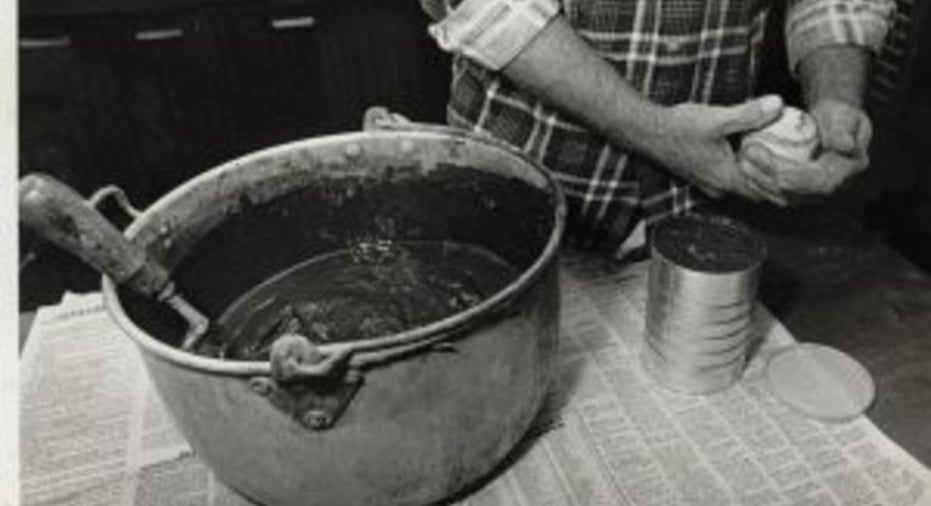Juiced balls in MLB? This company supplies the secret mud used to prep each ball

Speculation is running rampant again over juiced balls as the Los Angeles Dodgers and Houston Astros have broken the all-time marks for home runs during a World Series and in an entire postseason.
Game 2 saw a record of eight homers, including five in extra innings, which is something that hasn’t happen in any game, let alone a Series game.
Lance McCullers Jr., a pitcher for the Astros, told Yahoo Sports that the baseballs definitely feel different and that the juiced ball controversy is “100% real.”
“I don’t know what the difference is. If you write with a No. 2 pencil 10,000 times and someone gives you a pen, you’re gonna know the difference. This is our craft. This is what we do. We know. We feel the ball. Something has changed,” McCullers said.
Major League Baseball commissioner Rob Manfred has denied the juiced ball controversy and a spokesperson for the league told FOX Business that “World Series baseballs are tested at the time of manufacturing and are made from the same materials and to the same specifications as regular season baseballs. The only difference is the gold stamping on the baseballs,” with no further explanation on how home runs have jumped from 4,186 in the 2014 season to a record 6,100 plus this year.
James Bintliff, president of Lena Blackburne Baseball Rubbing Mud (LBBRM), a New Jersey-based company that has been supplying the “magic mud” used by every single professional baseball team in the country since 1938 to help dull the shine, says the juiced ball theory is completely false.
“The last time we had a home run battle we found that it was the players that were ‘juiced,’” Bintliff told FOX Business. “The baseball itself was treated with the same mud they've used all season so unless someone tampered with the mud [but] that's not the issue.”
Bintliff says the mud is usually kept locked in the umpire’s locker room, so the likelihood that someone tampered with it is not high. However, he adds that when he heard about the news reports surrounding juiced balls in the Series, he immediately called his MLB contact, who rebuffed the reports.
“The players are looking for anything to explain or excuse what's happening. The mud and its processing have not changed. This issue has been raised before and always been pretty much dismissed,” he said.
He added that there is a “possibility” that Rawlings, the company that makes official MLB baseballs, “is treating the leather cover differently. Although I wouldn't think that is the issue but it makes for great speculation.” A spokesperson for Rawlings did not return FOX Business’ request for comment.
Each July, Bintliff says his crew heads out on a boat to the “ole mud hole” in New Jersey to scoop up hundreds of pounds of mud to supply the entire MLB season. Each team is then given four cans of mud, two at their spring training facility and two cans at their home ballpark, delivered in February and March, respectively.

“Regular season baseballs are rubbed before each game. Approximately 8-10 dozen per game. The home team is responsible for this and the umpires inspect each ball before it's put into play,” Blintliff said.
Juiced ball theories first started circulating during the 1990s and early 2000s. In 2000, a professor at the University of Massachusetts at Lowell, Jim Sherwood, was hired to test the baseballs manufactured in the Rawlings facility in Costa Rica to find any changes in the manufacturing process. Sherwood later concluded that the baseballs were in line with previous specifications.



















